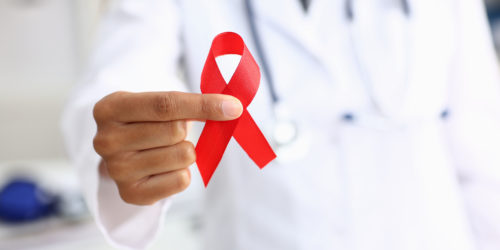Advancing awareness: Canadian Positive People Network’s U=U Task Force and the fight against HIV stigma
November 11, 2025 • By Breklyn BertozziAt the Canadian Positive People Network (CPPN), we strive to end HIV stigma. We also recognize that people living with HIV provide the movement’s strongest guiding voices. That’s why our U=U Task Force is led by people living with HIV and is dedicated to sharing one of the most groundbreaking messages in public health: Undetectable = Untransmittable. U=U means that when a person living with HIV is on effective treatment and has an undetectable viral load, they cannot transmit the virus to their sexual partners. It’s a message that transforms lives, dismantles stigma and redefines what it means to live...






